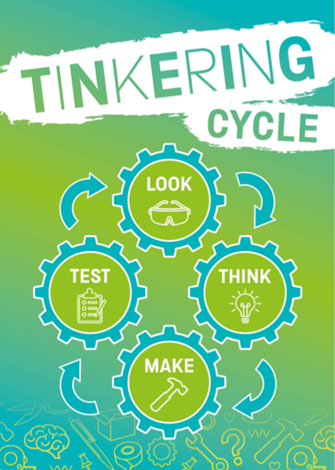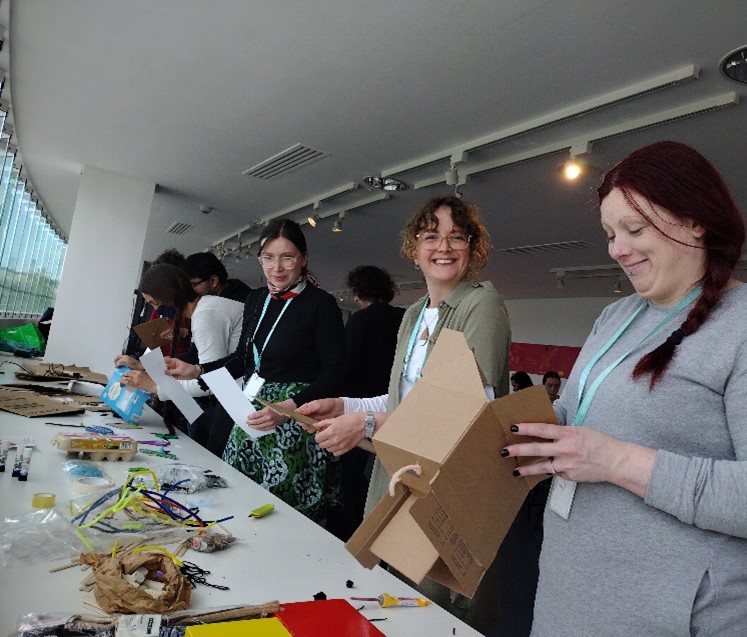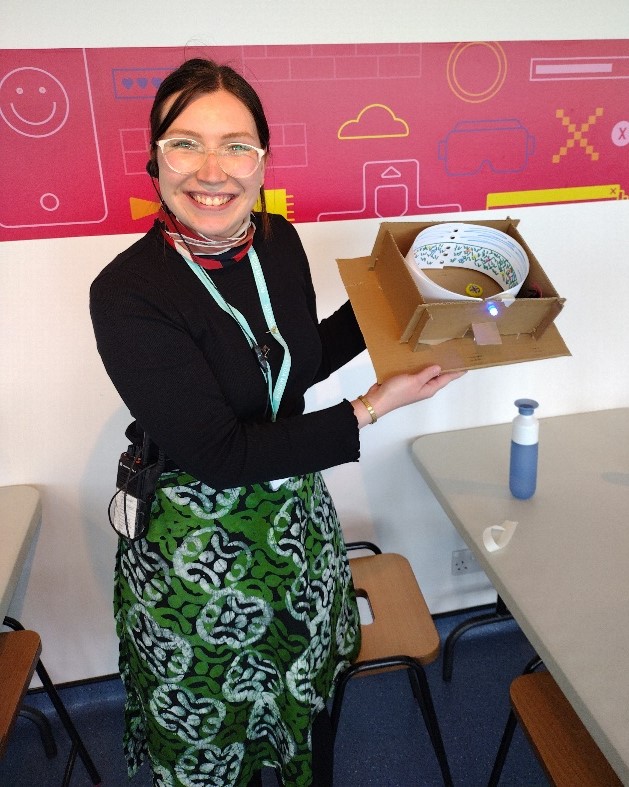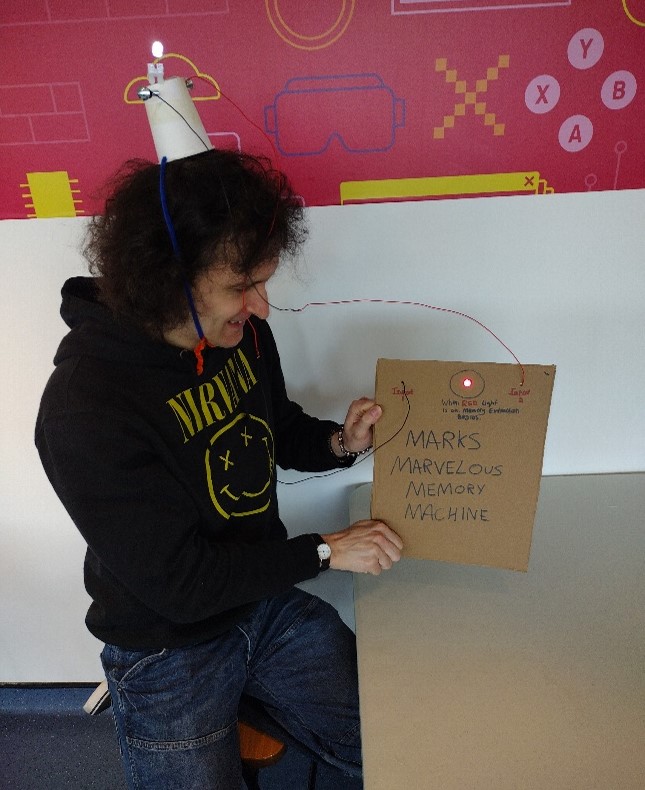In the last few years many museums and science centres, including the Science Museum Group, have had growing interest in developing making and tinkering activities for their visitors. Making and tinkering are similar in many ways, but have different principles.
When making, visitors are provided with a set of materials and instructions that need to be followed correctly to create a specific object. Tinkering, on the other hand, allows for more creative freedom. Visitors are provided with a range of materials and a prompt, from which they are encouraged to work things out for themselves. They create a unique product based on their own ideas and solve any problems they may face along the way.
The process of tinkering can nurture participants’ curiosity and empower them to explore their own ideas, test them out and make discoveries.
Through tinkering visitors get to have fun and be creative, but it also allows them to develop problem-solving skills. This happens through the “tinkering cycle”:

The cycle follows four continuous steps to encourage participants.
First participants need to look at the problem; this will be the question that is given to build an answer to. Next, they need to think about the different ways to answer that question. Once participants have done that, they can start making a model that they can test to see if it solves the problem.
After testing, participants might decide that the model needs more work, and they can start looking at ways to improve it by continuing to follow the model until they are happy that the problem has been solved.
Earlier this year the learning team at the museum had the opportunity to take part in a tinkering session led by the Maker Futures team from the School of Education at University of Sheffield.

The team were all given the same prompts to inspire them:
- How can we store our favourite media memories? Design and make your own media memory machine
- What will media players of the future look like? How will we use them? Invent your own futuristic media player
Everybody had access to the same tools and materials—here are some of their creations.


As you can see, even with the same prompts, equipment and time, everyone produced a unique product. Some of the team even incorporated working electrical circuits into their designs. This is the beauty of tinkering!
Not only is tinkering a wonderful way to nurture problem-solving skills, it can also be done in different environments. Unlike more traditional making activities that require a set type and amount of equipment, in tinkering there’s the freedom to use any material available, which means anything can be a resource. In a world where we have a disposable mindset, tinkering is a great way learn how to recycle and reuse goods while also stimulating the mind.
So, come along to the National Science and Media Museum this summer and take part in our wonderful tinkering activities. As we’ve shown in the learning team, tinkering is not just for kids, but something the whole family can enjoy.